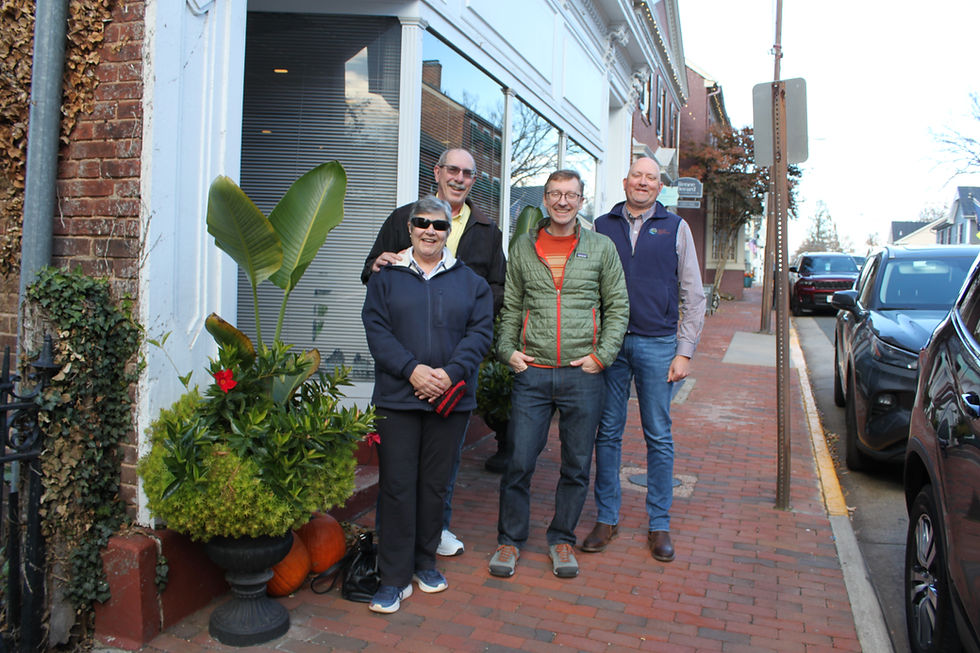Three Common Land Use Challenges We Are Seeing And How To Avoid Them
- NVCT
- May 29, 2020
- 2 min read
As the weather warms and we all continue to be socially distancing at home, our protected outdoor spaces and yards have become more important than ever! As a result of more use and more time for all of us to think about yards and open spaces, we are seeing an uptick in lower impact conservation easement violations on the edges of some of our protected lands. Below are the three biggest issues we are noticing, why it is important not to continue those activities, and some simple ways to avoid them whether you own a protected property with us or just have an amazing yard you care a lot about!
Dumping

Dumping is the act of dropping yard waste, home trash, or other materials into a protected or sensitive area. This can be as simple as grass clippings, dirt or landscaping waste, weed pulling or hedge pruning...or just plain old household trash items. Pulling up weeds and dumping them into a preserved or sensitive area can cause an infestation of invasive plants such as Japanese Stilt grass, which have serious consequences to the local wildlife.
Additionally, dirt and waste left outside can lead to erosion, end up as runoff that pollutes water sources, and create safety issues for wildlife and children playing in and around the sites. We understand that many local jurisdictions have suspended certain trash pickups, so if you need to dispose of bulk or yard trash, please call your local sanitation service and find out how they’re doing pick-ups of oversized trash items and natural waste.

Clearing Trees within preserved areas are protected and cannot be removed without approval first. If you believe a tree is dead, dying, or poses a threat to your home, contact NVCT and we will assess the tree’s health and safety and plan an appropriate course of action.

Trails

While walking through nature is a critical part of our mental and physical well-being, it is imperative that existing trails are used. Charting or creating other “social” trails can cause the loss of important grasses and wildlife. It can also disturb the habitat of some of our at-risk species. If you are looking for available trails on a particular site, reach out to NVCT or the landowner for a map and ask if there is a sanctioned trail for use.
These issues are not limited to one property in one county but can present themselves everywhere. We encourage anyone near or on our protected lands to keep these three simple things in mind the next time you’re enjoying your own slice of nearby nature.








It is good to write blogs. We can get help from to write best blogs. We can write blogs in different languages lawn care Cedar Parks TX and viewers like to read blogs. They can understand different languages and can read blogs easily.